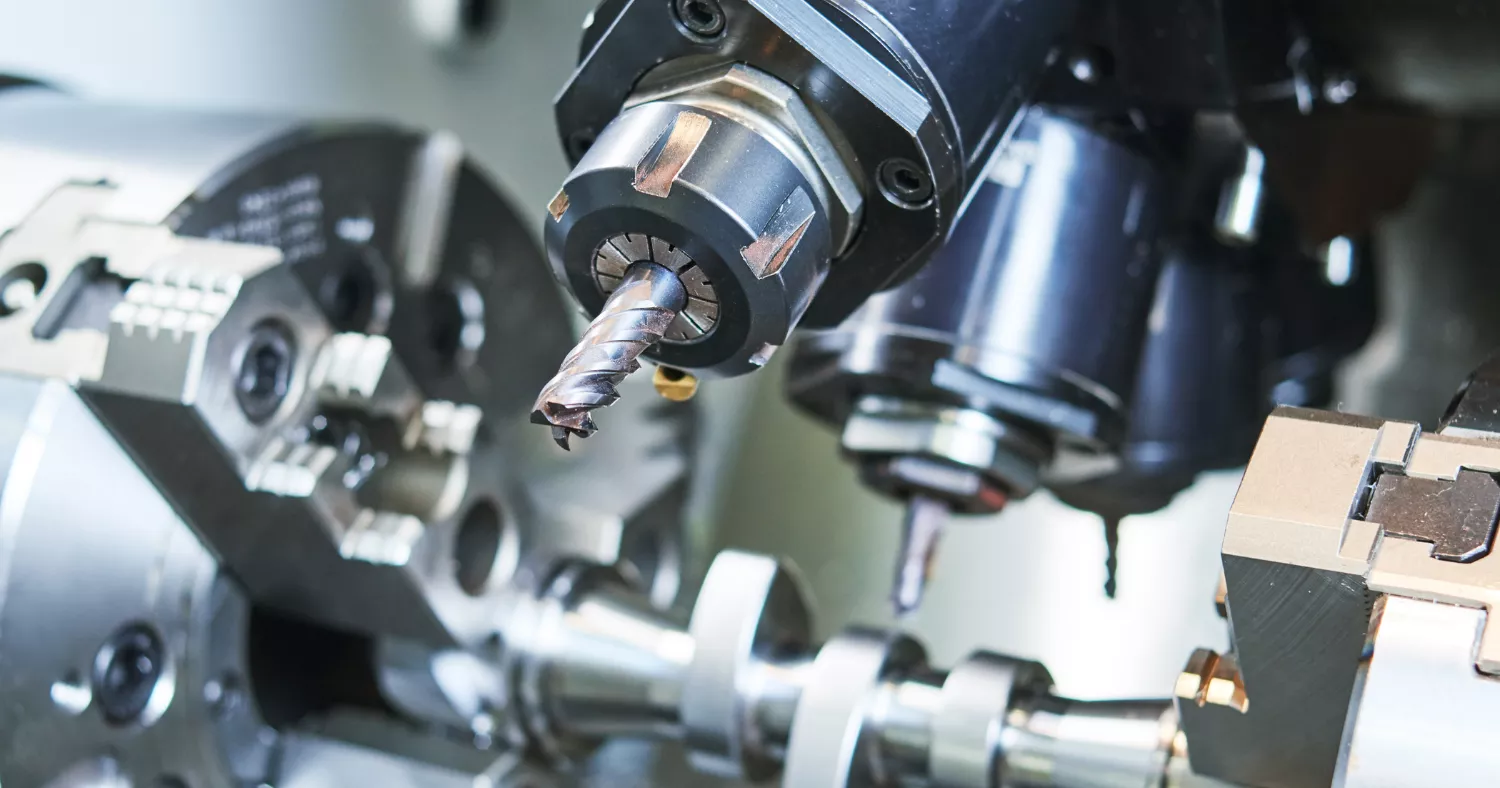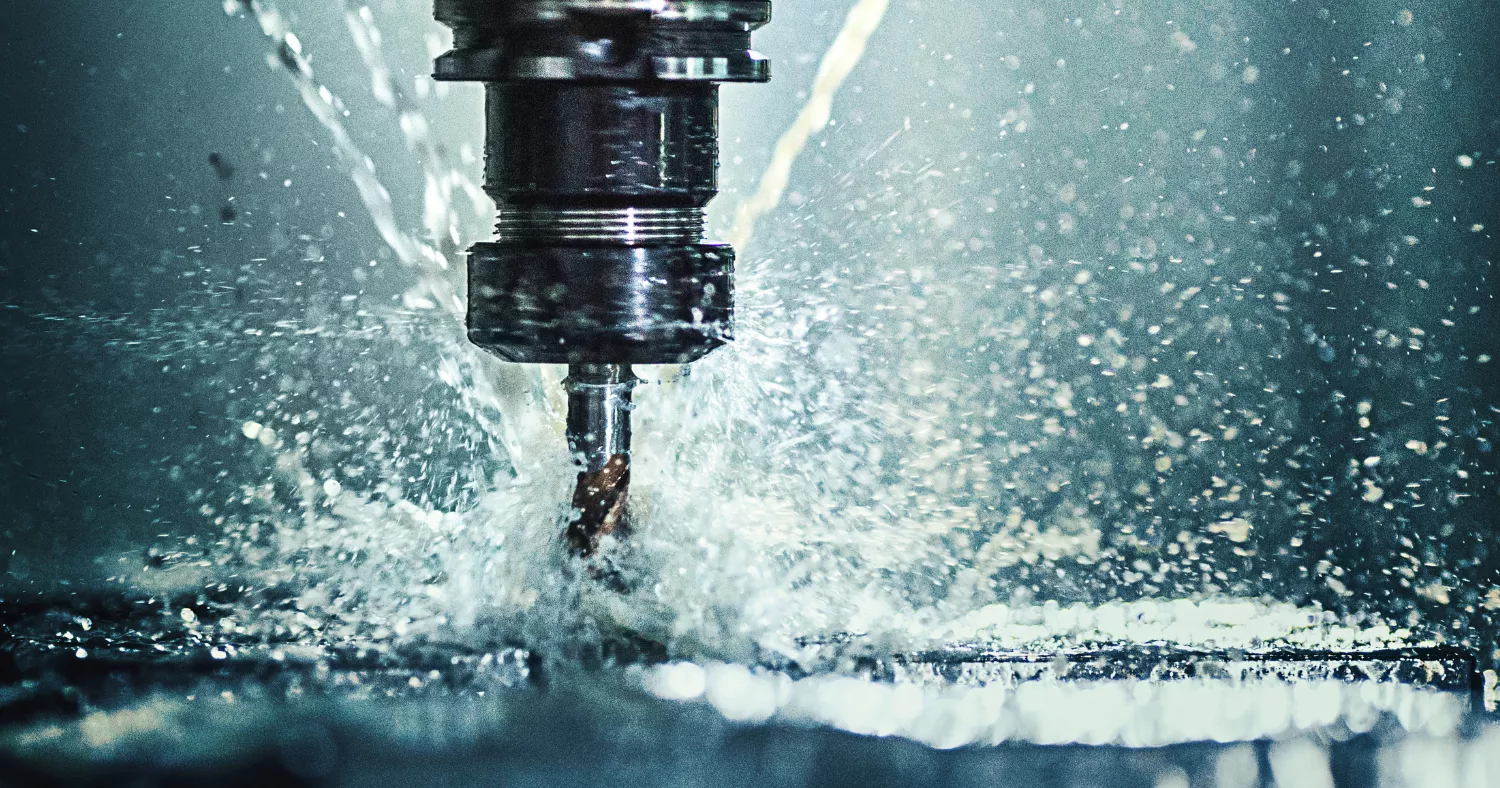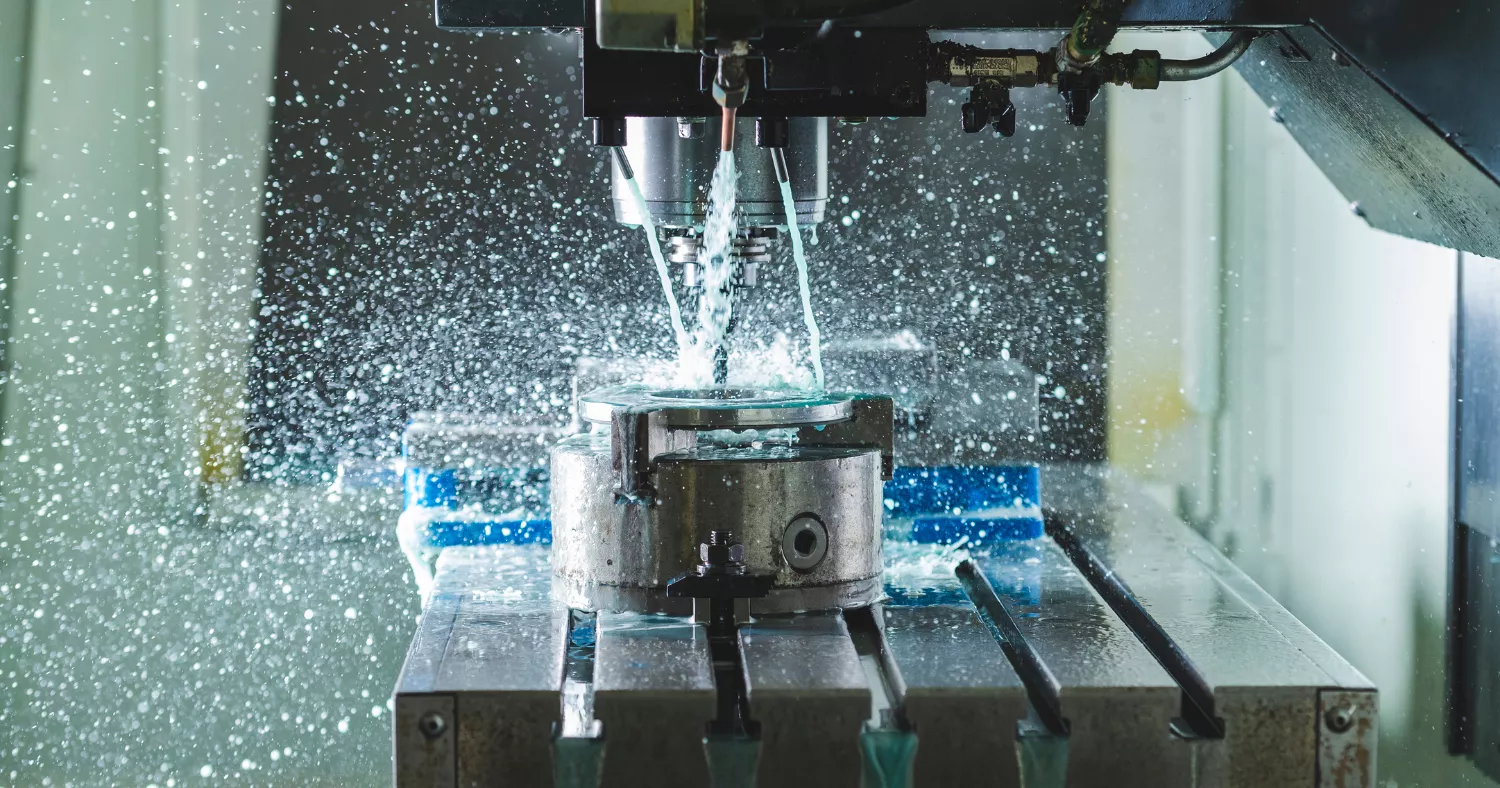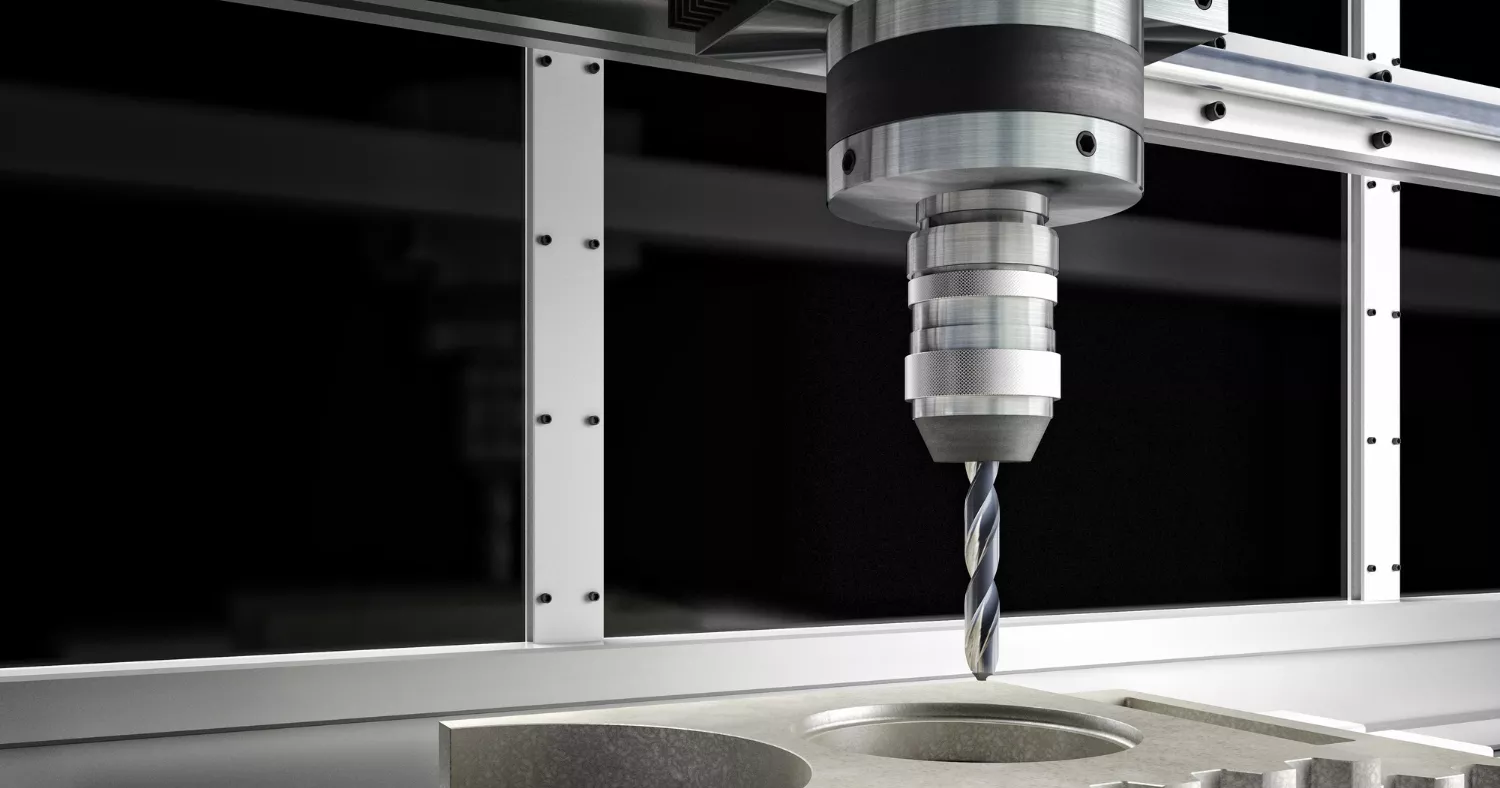In the dynamic world of modern manufacturing, CNC machining stands as a cornerstone, shaping the future of how products are designed and produced. This sophisticated process, which uses computer numerical control (CNC) machines, is pivotal for creating parts with precision and efficiency. But what sets the finest machined parts apart? The answer lies in understanding machining tolerances and surface finish key factors determining a part’s final quality and functionality.
Tolerances, whether bilateral, unilateral, limit, or standard, define the permissible limits of variation in a part’s dimensions. This is crucial for ensuring that every CNC machined part fits seamlessly into its designated role. On the other hand, surface finish, which dictates the texture of the part’s surface, can significantly influence a component’s performance and lifespan.
This blog post will navigate the intricate guidelines of CNC machining tolerances, from general tolerance to tighter tolerances expressed in mm. And delve into the nuances of achieving the perfect surface finish. Expect to gain insights into how bilateral and unilateral tolerances, alongside specific terms like machining service and CNC machined parts, play a vital role in CNC machining services. By the end, you’ll have a comprehensive understanding of how tolerance may impact the success of your project, setting you on the path to manufacturing excellence.
Understanding CNC Machining Tolerances
Navigating the intricate world of CNC machining tolerances unveils a realm where precision is paramount. Understanding its nuances is crucial for anyone entering the manufacturing sphere. CNC machining tolerances refer to the permissible limits of variation in the dimensions of a manufactured part. They are a cornerstone concept that ensures parts fit together seamlessly in assemblies.
This aspect of the manufacturing process is governed by terms like standard tolerance, limit tolerance, and bilateral tolerance, all of which play pivotal roles in achieving the desired quality and functionality of components. The importance of tolerances in CNC machining cannot be overstated. They directly influence the final product’s integrity and performance, necessitating adherence to international standards. And the meticulous application of geometric dimensioning and tolerancing principles.
Several factors contribute to determining tolerances in CNC machining, including the machine’s capabilities. The properties of the material being worked on and the complexity of the design. Machine shops constantly face challenges to meet standard machining tolerances or achieve tight machining tolerances, requiring a deep understanding of the types of tolerances and tolerance bands.
The interplay between CNC milling, the desired tolerances for CNC, and the tolerance for CNC machining demands a harmonious balance, ensuring parts not only meet but exceed part tolerances set by international standards. This delicate balance underscores the importance of precision in manufacturing, where every micron counts. Making the guidelines of CNC machining tolerances and finishing a critical framework for achieving excellence in manufacturing.
Types of CNC Machining Tolerances
In the intricate world of CNC machining, understanding the guidelines of machining tolerances and finish is paramount. Tolerances, often the unsung heroes of precision machining, ensure that parts fit together perfectly and function as intended. They are the backbone of standardized tolerances on machined parts, guiding CNC machine shops in their quest for perfection. Let’s delve into the various tolerances that are pivotal in this process.
- Dimensional Tolerancesrefer to the acceptable variations in a part’s dimensions. This includes basic tolerances, which define the general limits; actual size, which indicates the precise measurement intended; and limits, which specify the maximum and minimum allowable sizes. These tolerances help CNC shops achieve tight tolerances, ensuring parts meet their exact specifications.
- Geometric Tolerancesbring an additional layer of precision, focusing on the shape and orientation of parts. Concepts such as flatness, parallelism, and concentricity ensure that every surface is perfectly aligned and balanced. These tolerances are essential for parts that must fit together with precision, highlighting the importance of determining tolerances that account for geometric deviations.
- Surface Finish Tolerancesare about the look and feel of the part surfaces. They relate to aesthetics and functionality, affecting how a part interacts with its environment and other parts. Achieving the right surface finish is a testament to the skill of a CNC machine shop, as it requires a deep understanding of materials and machining processes.
Calculating and Specifying Tolerances
Calculating and specifying tolerances is a fundamental step in ensuring the success of CNC machining projects. It involves a delicate balance between design requirements and manufacturing capabilities. To ensure that parts fit together perfectly without unnecessary cost. The key to mastering CNC tolerances is understanding and applying the basics judiciously.
Guidelines for calculating machining tolerances:
- Basic Size:This is the theoretical size used as a reference point from which all tolerances are derived.
- Limits:The maximum and minimum sizes allowed for the machined part. These define the tolerance range.
- Deviation:The acceptable difference between the actual produced dimension and the basic size. This can be positive or negative and defines the direction of the tolerance.
Specifying tolerances in CNC machining plans and blueprints requires a comprehensive approach. First, it’s essential to determine the function of the part within the assembly to find the right tolerance that ensures fit without overengineering. Utilizing machining tolerance standards, such as those outlined in international standards for machining tolerances, helps select the typical machining tolerances used in the industry.
The tolerance range and any required tolerances for specific features should be indicated on the blueprint. Precision CNC machining operations often demand tighter tolerances, whereas standard prototype and production machining might allow for broader ranges. By clearly specifying various tolerances, including common CNC machining tolerances, on the plan or blueprint, engineers and machinists can select the right CNC machining processes to meet the design’s requirements.
Achieving Desired Surface Finishes
Achieving the desired surface finishes in CNC machining is a fine art that significantly affects part performance. The choice of tooling, cutting parameters, and post-processing methods play a pivotal role. Precision tooling can create surfaces that meet even the tightest CNC tolerances, essential for high-functioning components.
Adjusting cutting parameters like speed and feed rate ensures the balance between efficiency and surface quality. Post-processing, including polishing and coating, further refines the finish, offering both aesthetic appeal and functional benefits.
Common machining tolerances are often dictated by the part’s application, with prototype and production machining tolerance varying to suit rapid testing or final use. For businesses, fully automated machining options offer a fast turnaround, which is crucial for meeting project deadlines.
However, achieving tight tolerances may require specialized setups, impacting machining costs. Understanding these dynamics is key to optimizing part design for performance and cost, making machining tolerances an important aspect of any project planning.
Managing Tolerances and Finish in Design
Understanding tolerances and finishes is paramount when delving into CNC machining. Tolerances are often the bedrock on which successful designs stand, especially in tight CNC environments where precision is key. Common machining tolerances like fit and finish specifications are crucial in achieving desired outcomes. By considering these aspects early in the design process, designers can easily optimize their designs to meet tight tolerances.
Different types of machining processes offer unique challenges when it comes to managing tolerances and finishes. From CNC to milling, each process requires a nuanced approach to ensure superior results. Embracing the concept of machining tolerances allows for variation while maintaining quality standards. By honing in on strategies for design optimization, designers can navigate the intricate landscape of CNC machining with finesse and efficiency.
Practical Considerations for Tolerances and Finish
Material selection is crucial in determining the achievable tolerances and surface finish in CNC machining. Different materials have varying properties that directly impact machining precision and aesthetics. Choosing the right material is essential for meeting design specifications and achieving desired outcomes.
Understanding the role of machining processes in tight tolerances and high-quality finishes is key. The selection of the appropriate machining process can significantly affect the final product’s accuracy and visual appeal. Consider cost implications when defining your tolerances, as tighter tolerances often come with higher production costs.
Working closely with a CNC machining service expert can help navigate the complexities of material selection, tolerance definition, and surface finish requirements. By exploring a range of tight tolerances and finishing options available through automated machining for fast turnaround, designers can easily optimize their designs for precision CNC machined parts.
Quality Control and Inspection
Quality Control and Inspection in CNC machining ensure the final product meets the high standards expected in industries demanding precision, like aerospace or medical devices. This critical process hinges on meticulous methods to measure and verify tolerances and surface finishes.
- Utilizing state-of-the-art equipment, including CMMs (Coordinate Measuring Machines) and surface profilometers, to capture the minutiae of machined parts.
- Implementing automated machining options for fast, reliable inspections that align with tight turnaround schedules.
- Adopting laser scanning for comprehensive surface analysis ensures fit tolerances meet the incredibly tight tolerances required.
Quality control is pivotal in CNC machining as the linchpin for ensuring products comply with stringent specifications. Through the use of various types of tolerances, from CNC turning and milling to tight tolerance machining, quality control maintains the balance between allowable variation and the necessity for precision.
This adherence to machining tolerances is important not only for the fit and function of the components but also for guaranteeing that every part can withstand the demands of its application, marking the difference between success and failure in critical applications.
Conclusion
The importance of machining tolerances and surface finishes in CNC machining cannot be overstated. Tight tolerance machining is crucial for ensuring components fit together perfectly, while different types of tolerances in CNC, like geometric and dimensional, allow for variation without compromising functionality.
Achieving incredibly tight tolerances requires precision and expertise in CNC turning and milling processes. As we look to the future, the trend is moving towards automated machining options for fast turnaround while maintaining high quality levels.
This shift towards more efficient production methods highlights the growing emphasis on achieving optimal results in less time. With advancements in technology and software, managing machining tolerances and finishes will continue to evolve, providing manufacturers with new opportunities to improve their processes and deliver exceptional products to their customers.





